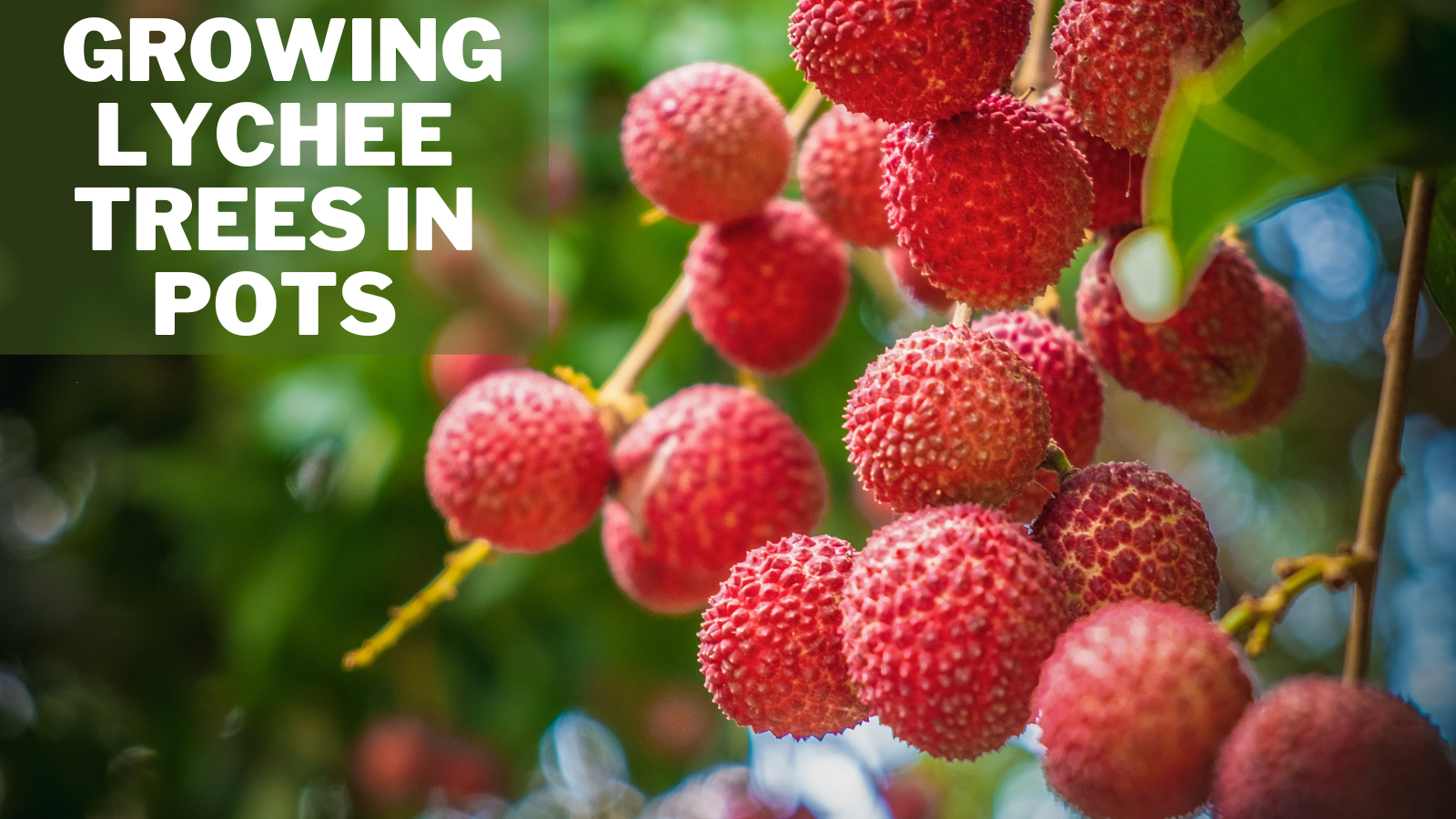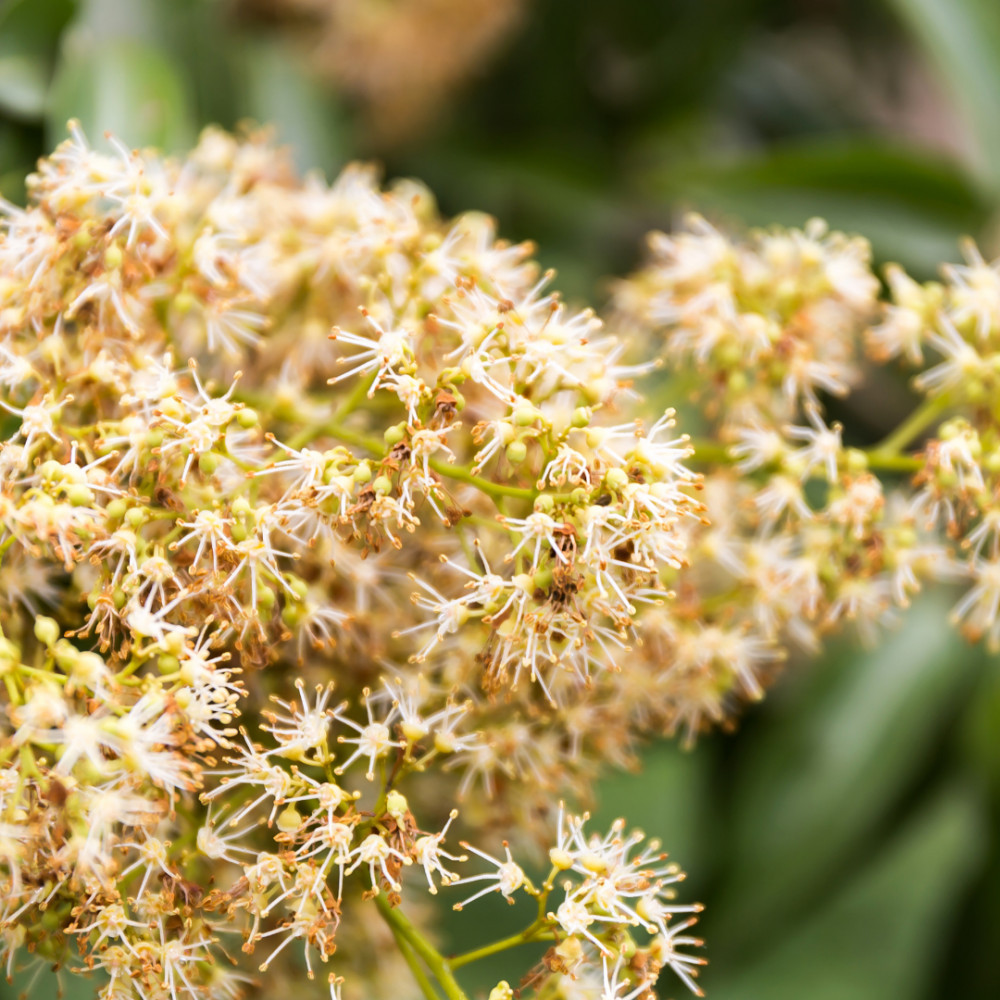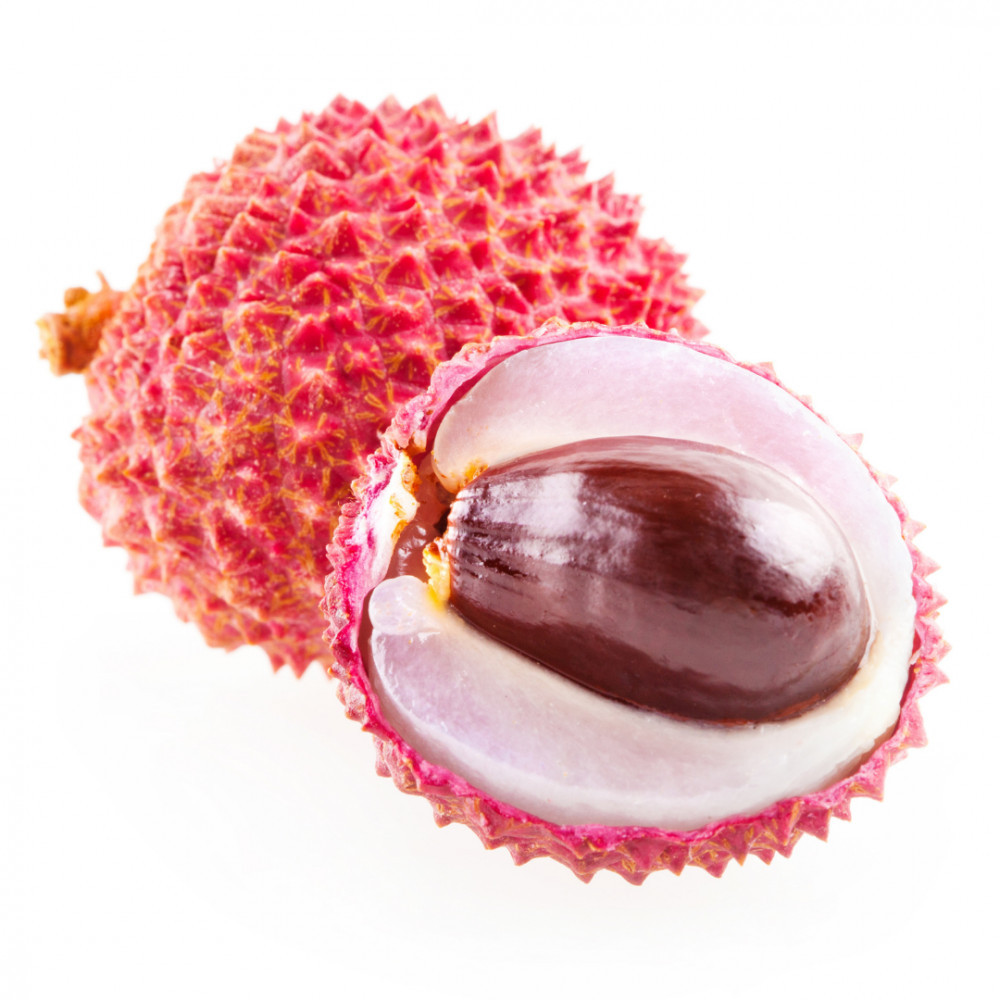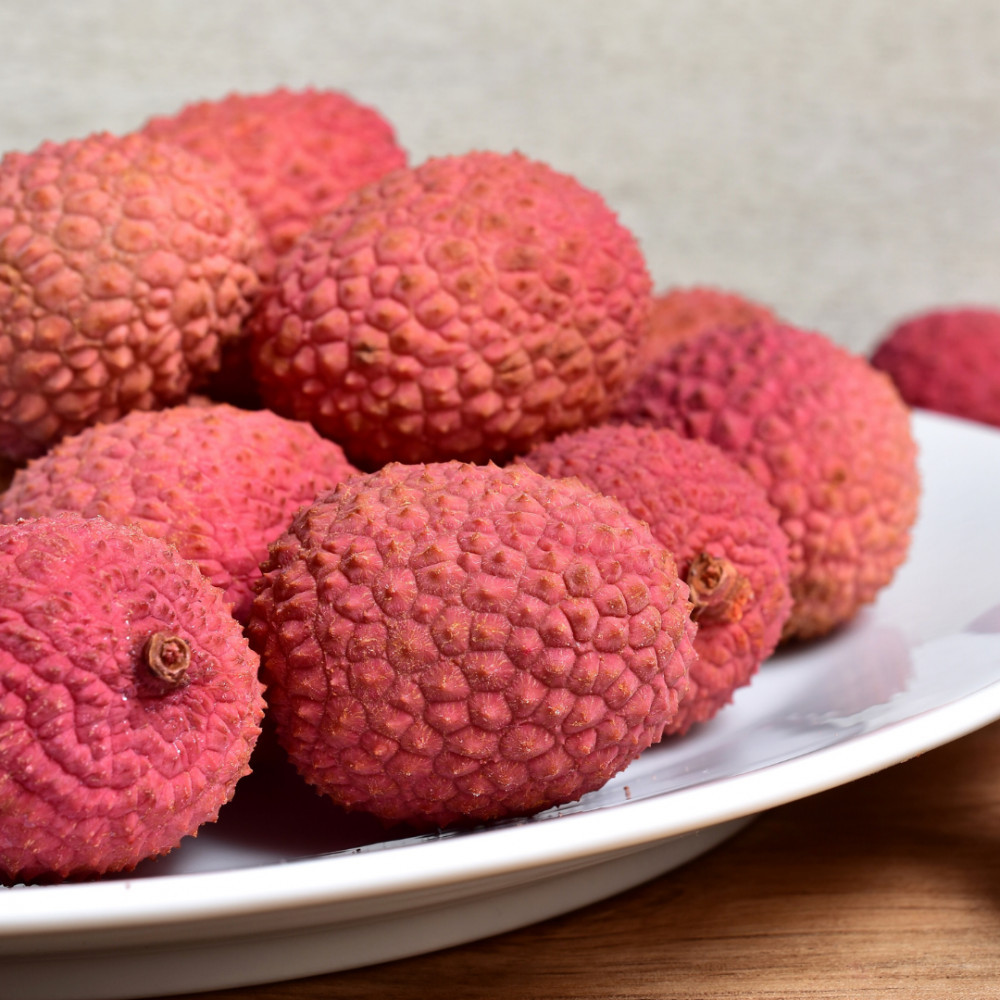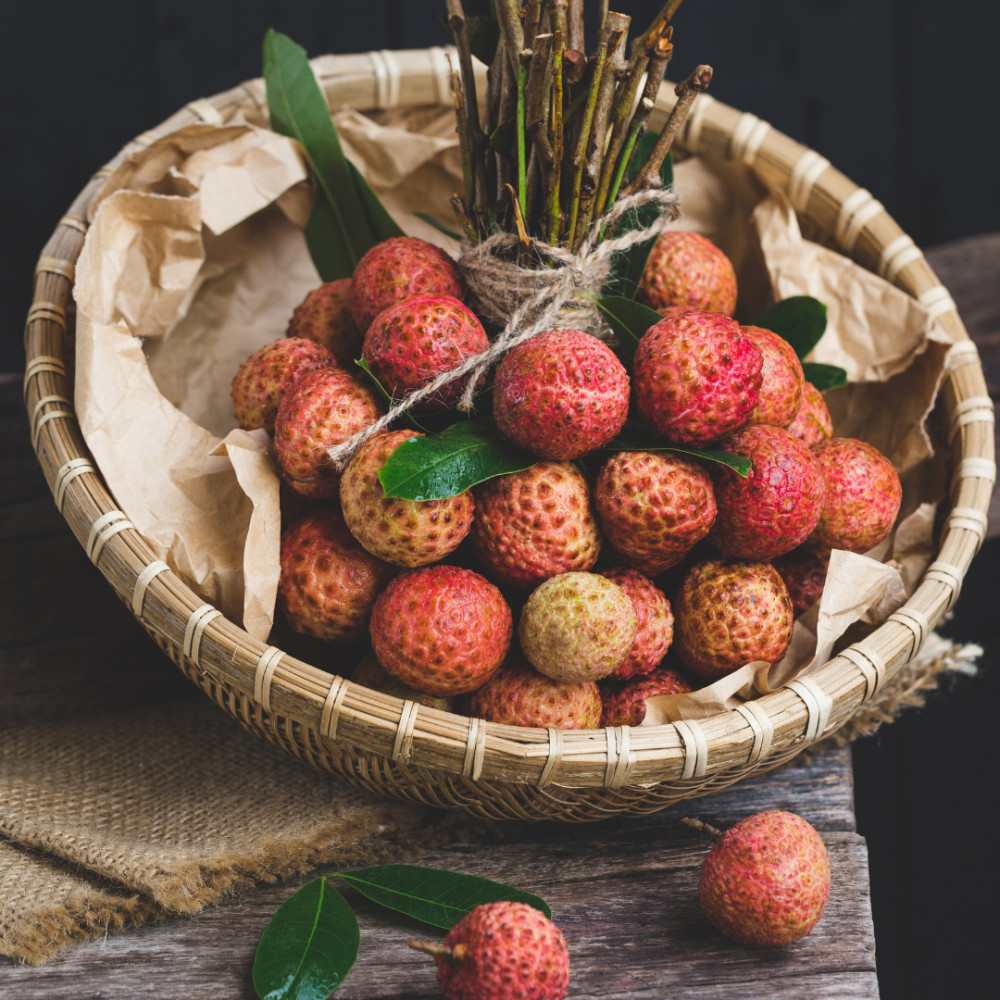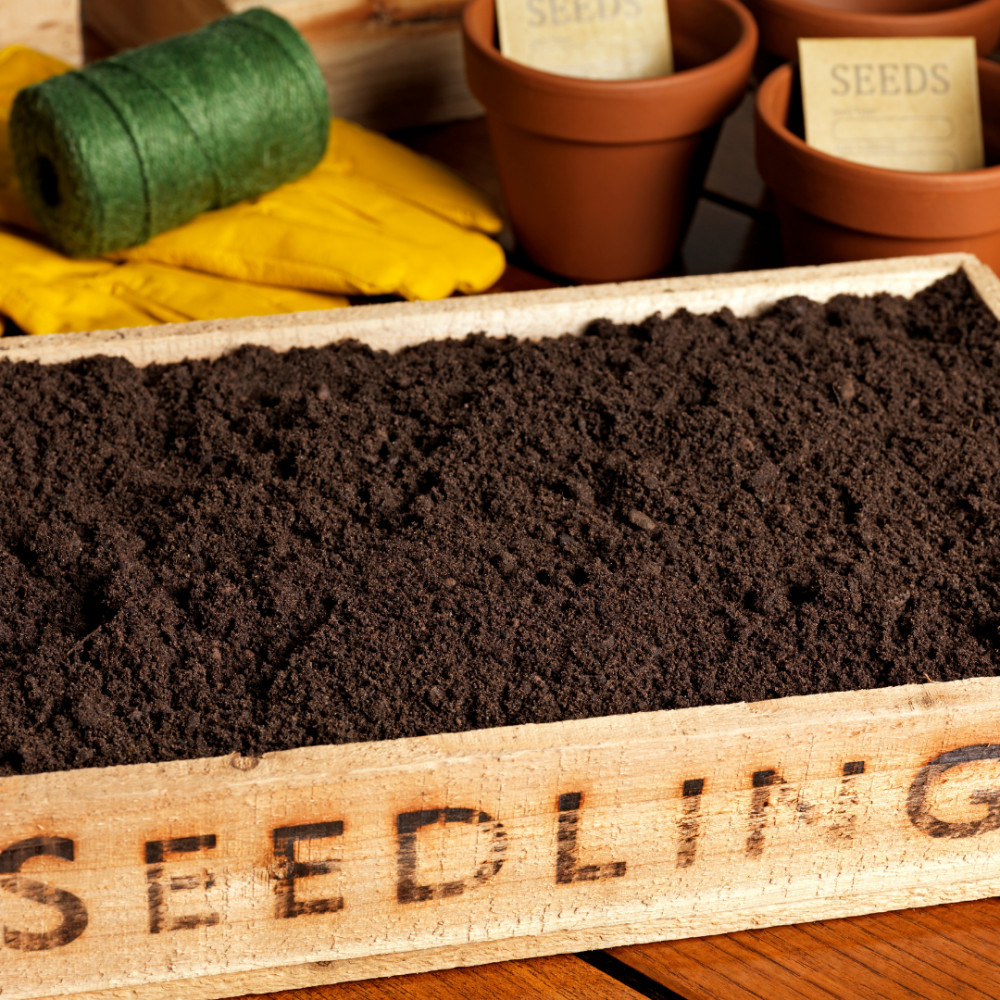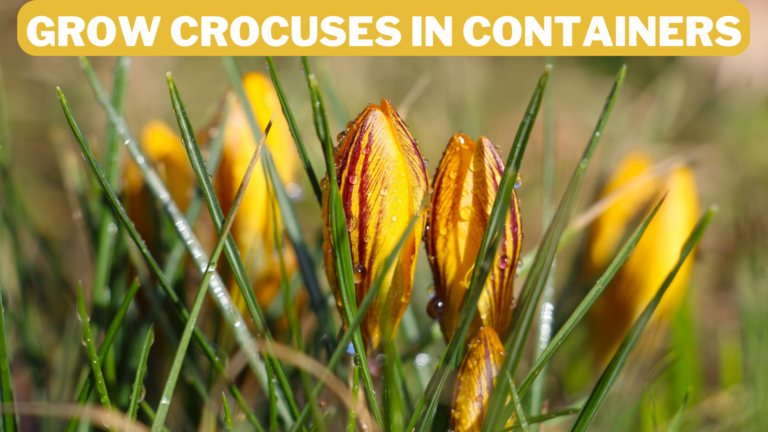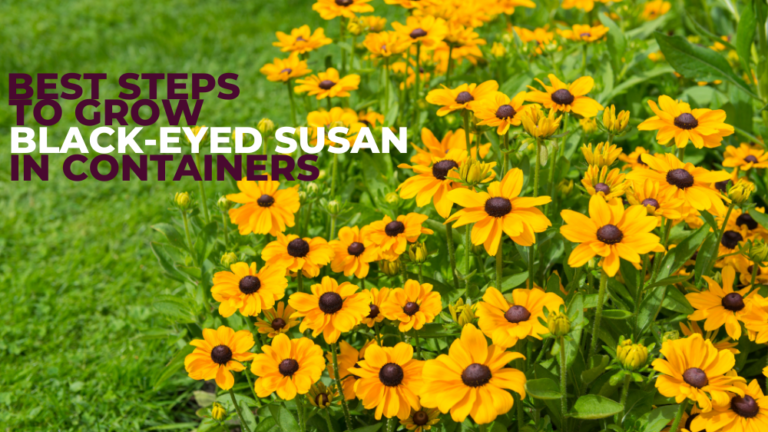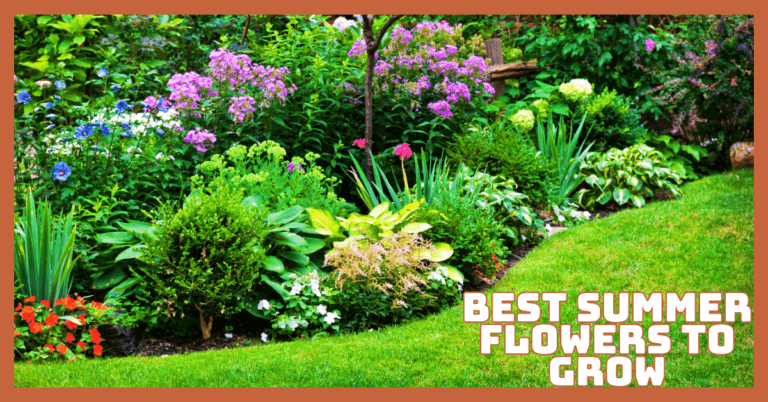Super Easy Ways Of Growing Lychee Trees In Pots
Super Easy Ways Of Growing Lychee Trees In Pots
Lychee is a tropical broadleaf evergreen tree in China's warm, moist region. Although grown commercially for its fruit, it is frequently employed as a shade tree or a specimen fruit tree in landscapes.
This tree produces small, dimpled, meaty fruit with a mild, fragrant flavour. The fruit has an inedible tough pink-red skin on the surface, while the internal flesh is clear to white and sweet. The fruit is normally eaten fresh or frozen; sauces, jams, purees, and preserves can be created.
Like many other tropical fruits like avocado, Lychee isn't a natural fit for indoor gardening. It's more of a curiosity plant that will probably never bear fruit or mature (unless you have a greenhouse).
Still, sprouting these seeds to grow a beautiful plant can be entertaining. If you get a crop, keep in mind that this slow-growing tree can take up to five years to give fruit.
It is not a tree that can be grown across North America because it requires tropical conditions. It grows well in warm climates, such as Florida, and sheltered areas, like California.
After the risk of frost has gone, planting is usually done in the spring. I hope all of my growing lychee tree tips will help you, so let's get started.
Some Features Of Lychee Trees
Trees can reach 40 feet (12 meters) and have a lovely, dense, rounded, symmetrical canopy reaching almost the ground.
Dark green foliage and reddish-coloured fruit make the trees particularly appealing. The primary limbs of nontrained trees usually start within 3 ft (0.9 m) of the ground.
Compound leaves have 2 to 8 leaflets. When young, the leaves are reddish in hue but become lustrous and bright green as they age.
Flowers are small and greenish, and they appear on a big thyrse (a many-flowered inflorescence) that arises at the ends of branches in Florida anytime from late December to April (most typically February and March). There are three sorts of flowers: two male and one female type.
The fruit is a drupe that grows in loose clusters of 3 to 50 fruits that are round to oval in shape and are 1.0 to 1.5 inches (25 to 38 mm).
The skin (pericarp) is leathery and varies from yellow to pinkish or red, with small, short, conical or rounded protuberances.
An aril is an edible section of the fruit (pulp) that is succulent, whitish, translucent and has a great subacid flavour.
Fruits have one lustrous, dark brown seed that is normally rather large, although in some kinds, it can be little and shrivelled (known as chicken tongues). The finest flavour comes from a fruit that can ripen on the tree.
How Long Do Lychee Trees Take To Grow From Seed?
Lychee plants can bear fruit in five, 10, or even two decades. The quality of the seed and the soil and the amount of rainfall and sunlight received will all impact the time.
Choose lychees with dark red skin about the size of a golf ball when ripe. The fruit is available all year, and when fully ripe, the white flesh should be soft and sweet.
Different Types Of Lychees
1. Brewster Lychees
Brewster lychee trees are well-known for their use in residential and commercial landscapes. However, this tropical or subtropical fruit tree is more than just an aesthetic plant with a consistent ability to fruit and flower. Rev. William N. Brewster brought this kind to the United States from China.
Brewster Lychee fruits feature a purple-red outer skin/shell and translucent flesh with a sweet-tangy taste akin to grape texture.
Brewster can be eaten right off the tree, or the flesh can be separated from the seeds and used to make a superb lychee juice drink.
They can also be dried or dehydrated into a Lychee fruit, which has a naturally sweet flavour and is a nutritious snack option.
Vitamin C and B, antioxidants, phytonutrient flavonoids, manganese, magnesium, copper, iron, and folate are abundant in Brewster lychee.
2. Hak Ip (Ha Kip) Lychee
Before you start growing lychee trees in pots, you must know some of the common varieties of lychee trees.
Hak ip lychees, or Ha Kip lychees, are huge red fruits with little seeds resembling a chicken tongue.
They're made of lychee trees with thickly branching branches and huge, pointy leaves. Hak ip is one of your local markets' most widely available lychee types.
Aside from its huge size, the hak ip is prized for its delicious flavour. The fruits normally ripen between May and July.
Lychee growers in some parts of South Florida aggressively cultivate this variety of lychee because its trees produce more fruit than other varieties.
3. Bengal Lychee
This traditional lychee type's vivid red skin and huge chicken tongue seed helped it gain popularity.
The supply of Bengal lychees is also limited due to high demand and low production from December to January.
Compared to India, cultivating these lychee types is more prevalent in the South African and Australian regions.
Bengal lychee trees are also noted for their erratic growth habits. On the other hand, the fruits produced by the so-called strange lychee trees are extremely tasty.
4. Sweet Cliff Lychees
Sweet Cliff lychee bushes produce the little fruit with a pink and pebbly outer skin/shell. Although the fruits of sweet cliff types are sometimes of high quality, their cultivation has been restricted due to the superiority of other lychee species.
If you come across these lychee variations in the market, sweet cliffs have very little fruit and are the smallest lychee varieties. The lovely pinkish flesh is covered by pebbled skin.
5. Emperor Lychees
The emperor lychee grows into a lovely tropical dwarf tree. In the botanical world, this lychee is known as Litchi chinensis ‘Emperor,' and it is larger than other lychee kinds.
These types of emperor lychees can be found in South Florida, although distinct cultivars can also be found in other regions.
Emperor not only produces the largest lychee fruit, but it also has a wonderful sweet flavour. Lychee growers are excited to cultivate this type, but an emperor lychee tree can take up to four years to completely mature and produce a good harvest.
6. No Mai Tsze Lychees
The emperor lychee grows into a lovely tropical dwarf tree. In the botanical world, this lychee is known as Litchi chinensis ‘Emperor,' and it is larger than other lychee kinds.
These emperor lychees can be found in South Florida, although distinct cultivars can be found in other regions.
Emperor not only produces the largest lychee fruit, but it also has a wonderful sweet flavour. Lychee growers are excited to cultivate this type, but an emperor lychee tree can take up to four years to completely mature and produce a good harvest.
7. Mauritius Lychee
Mauritius is one of the most prevalent lychee kinds, with medium-sized lychee fruit. The tough, pebbly skin has a rosy hue and peels easily. The white, delectable flesh has a strong aromatic flavour and is sweet and juicy.
Mauritius lychees are well-known in parts of South Africa, and some lychee farmers in Florida consider them a favorite type.
Growing Lychee Trees
Grow Lychee From Seed
Lychee fruits have a seed that can be planted to produce more lychees. To produce lychee from seed, follow the procedures below:
Purchase the fruit, eat it, and save the vast, brown seed in the center. Choose completely ripened fruits for the viability of your eventual fruit (look for larger lychees with a reddish-purple peel).
Rinse the seed gently and blot it dry with paper towels. Soak the seed in a small dish of warm water for a few minutes.
Three days are required for the seed to sit, which aids in germination. Replace the water daily to keep it fresh, then plant when the seed's exterior cracks.
Fill a container with potting soil that is nearly a foot tall and has drainage holes. The soil should have a modest acidity to it.
Bury the seed entirely in the dirt, about an inch deep. To cultivate lychee trees, you'll want to create a subtropical atmosphere that's damp and warm.
Keep the pot in a warm room with a temperature in the seventies, but keep the lychee plant out of direct sunshine. Shade is ideal in the early stages of growth.
Spacing
Planting distances are determined by soil type, fertility, modern technology, and the homeowner's competence.
Lychee trees should be placed 25 to 30 feet (7.6 to 9.1 m) away from buildings, other trees, and electrical wires in the residential landscaping.
Due to shadowing, trees placed too close to other trees or structures may not grow normally or yield a lot of fruit.
Soil
Well-drained soils are ideal for tree growth. Lychee trees thrive in acid sands with moderate organic matter content in southern Florida soils.
Trees thrive in muck soils but rarely bear fruit due to excessive vegetative (branch and leaf) growth. If enough fertilizers are provided, sandy soils with low organic matter concentrations can be used.
Lychee can be produced on the southeast coast's rocky, calcareous soils, although it requires extra attention to avoid minor element deficits.
Humidity And Temperature
Lychee is remarkably cold tolerant and can survive brief bursts of near-freezing conditions, but prefers warmer temperatures.
Lychee needs at least 100 hours of exposure to cold temperatures (32° to 45° Fahrenheit) in the winter to bloom. They'll flower in the early spring and bear fruit in the summer. High humidity is ideal for these trees.
Watering
During the growing season, lychees require constant watering. Too much salt in the soil, particularly in the Southwest, necessitates constant watering to prevent salt build-up.
Lychees should never be left in standing water since it stunts their growth. New trees should be watered 2 to 3 times a week during the first few weeks after planting, but this can be reduced once the tree has established itself.
Wind
In windy areas, young lychee trees can be difficult to establish, and exposure to persistent winds can cause shredded leaves, limited shoot growth, and stem dieback.
The bark at the soil line of young trees in the rocky soils of Miami-Dade County may be harmed by continual rubbing produced by heavy winds.
Trees should be placed in wind-protected locations if possible or protected from the wind by encircling trees with light shade-cloth connected to wire fencing.
Light
Lychee thrives in full light, but the plants must be acclimated first. Young plants that aren't used to full sun will be affected by the abrupt exposure to bright light, but once adapted, they will thrive.
Pollination
Bees and a variety of fly species pollinate lychee blooms. Isolated or single lychee plants will usually produce enough fruit to be useful.
A recent study has shown that cross-pollination between different cultivars can boost fruit set in particular circumstances. As a result, there may be a benefit to growing multiple varieties in some instances.
Propagating
Air-layering is the most common method of commercial lychee propagation. In this clever procedure, growers incision onto a slender branch and then wrap it with a packet of damp moss or soil.
The sliced region will sprout roots, allowing the gardener to take the entire branch off and plant it as a miniature tree.
Lychee is more likely to be started from seed by a home grower. Cover the seeds with potting soil, keep them warm and wet, and wait for sprouts to appear (which can take weeks). After they've sprouted, wait a few weeks before moving them to a brighter location.
Lychee Trees in Pots
In warmer climates, lychee can be kept as tiny patio trees or grown into 35- or 40-foot trees in the ground.
Pot plants should be repotted every spring until they achieve their full growth potential. Pruning the main growth trunks yearly will help keep the plant smaller and bushier.
Repotting
Suppose you are planting a tree in a pot. Lychee plants can quickly outgrow their pots in a single year, so make sure you get bigger pots.
Purchase a large container in the spring and carefully transfer the dirt and tree. Carry on in this manner until your tree reaches the desired size. Choose a pot with holes for drainage. Cover the bottom of the new pot with soil.
To release the roots of your lychee plant, water it first, then carefully remove and shake it to prevent breaking the roots. Cover your plant with earth and place it in the new pot. After replanting, water immediately.
Pests & Diseases Of Lychee Trees
Various moth pests attack the panicles (thyrses) and blooms of the lychee. Plummose (Morganela longispina) and Philephedra tuberculosa scales attack the stem regularly, and severe infestations can result in stem dieback.
Adult Diaprepes root weevils (Diaprepes abbreviatus) and citrus root weevils (Pachnaeus litmus) eat on lychee leaves, while their larvae feed on lychee tree roots, causing tree vigour loss.
Young lychee trees succumb to several nematode species (reniform, Rotylenchulus reniformis, and sheath nematode, Hemicriconemoides mangiferae).
Anthracnose (Colletotrichum gloeosporioides) is the most common fruit disease. Some cultivars (such as ‘Mauritius') are more sensitive than others (such as ‘Brewster').
Lychee trees are occasionally killed by mushroom root rot (Clitocybe tabescens), which often occurs on the ground where oaks (Quercus virginiana) were previously cultivated.
A parasitic lichen may damage leaves on occasion. Red algae can infect lychee shoots and limbs, causing grayish to rust-coloured areas on the bark and bark cracking.
Consult your local UF/IFAS Extension agriculture agent for more information and control techniques.
Harvesting
Lychee trees take at least five years to grow and bear fruit before they can be harvested. If you want the tree to bloom and bear fruit, you must expose it to freezing temperatures for at least 100 hours in the winter, and the female flowers must be pollinated. Insects pollinate in an orchard, but you'll have to hand-pollinate indoor trees.
The lychee fruit grows in clusters. Allow them to ripen to a pink-red colour on the tree. To see if a bunch of fruits is sweet enough, test one. Harvest the complete bunch of fruit by cutting it close to the branch.
Fruit Storage
Maintaining the colour and flavour of lychee fruit requires keeping it cool. Refrigerate it to preserve its freshness for an extended amount of time.
Lychee fruit can be stored in the refrigerator for up to 5 weeks. Any fruit that appears to have been eaten by bugs or fruit flies should be avoided.
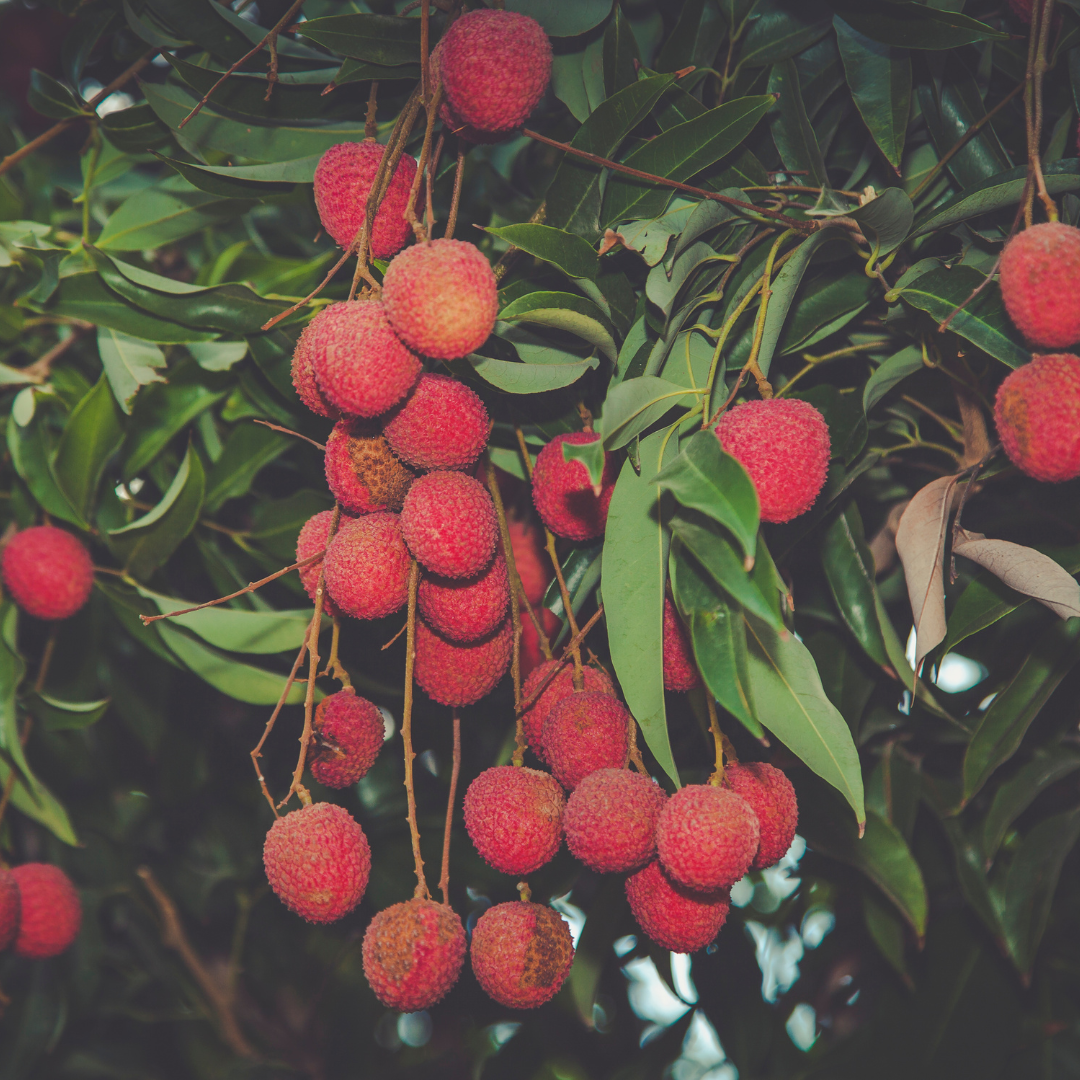
Conclusion
Lychees are excellent evergreen shade trees with a spectacular display of fragrant spring blossoms and beautifully tasty fruit.
Lychees eaten fresh from the tree are a truly sub-tropical pleasure, far superior to canned alternatives.
I trust you enjoyed this article on the Super Easy Ways Of Growing Lychee Trees In Pots. Please stay tuned for more blog posts to come shortly. Take care!
JeannetteZ
>>>Please click here to read my all-inclusive article about Container Gardening<<<
>>>Are you interested in homegrown herbs and medicine? Please click here to find out more about it!<<<
Your Opinion Is Important To Me
Thoughts? Ideas? Questions? I would love to hear from you. Please leave me your questions, experience, and remarks about this article on the Super Easy Ways Of Growing Lychee Trees In Pots in the comments section below. You can also reach me by email at Jeannette@Close-To-Nature.org.
Disclosure
This post may contain affiliate links. I earn from qualifying purchases as an Amazon Associate and other affiliate programs. Read my full affiliate disclosure.
You might also enjoy these blog posts:
Easy Ways To Grow Mango Trees In Containers
Best Vegan Avocado Recipes For Your Kids
12 Easy Steps Of Growing Avocado Trees In Containers
Easy 10 Steps Of Growing Dragon Fruit In Pots
Top Tips To Relax In Life In 2022

